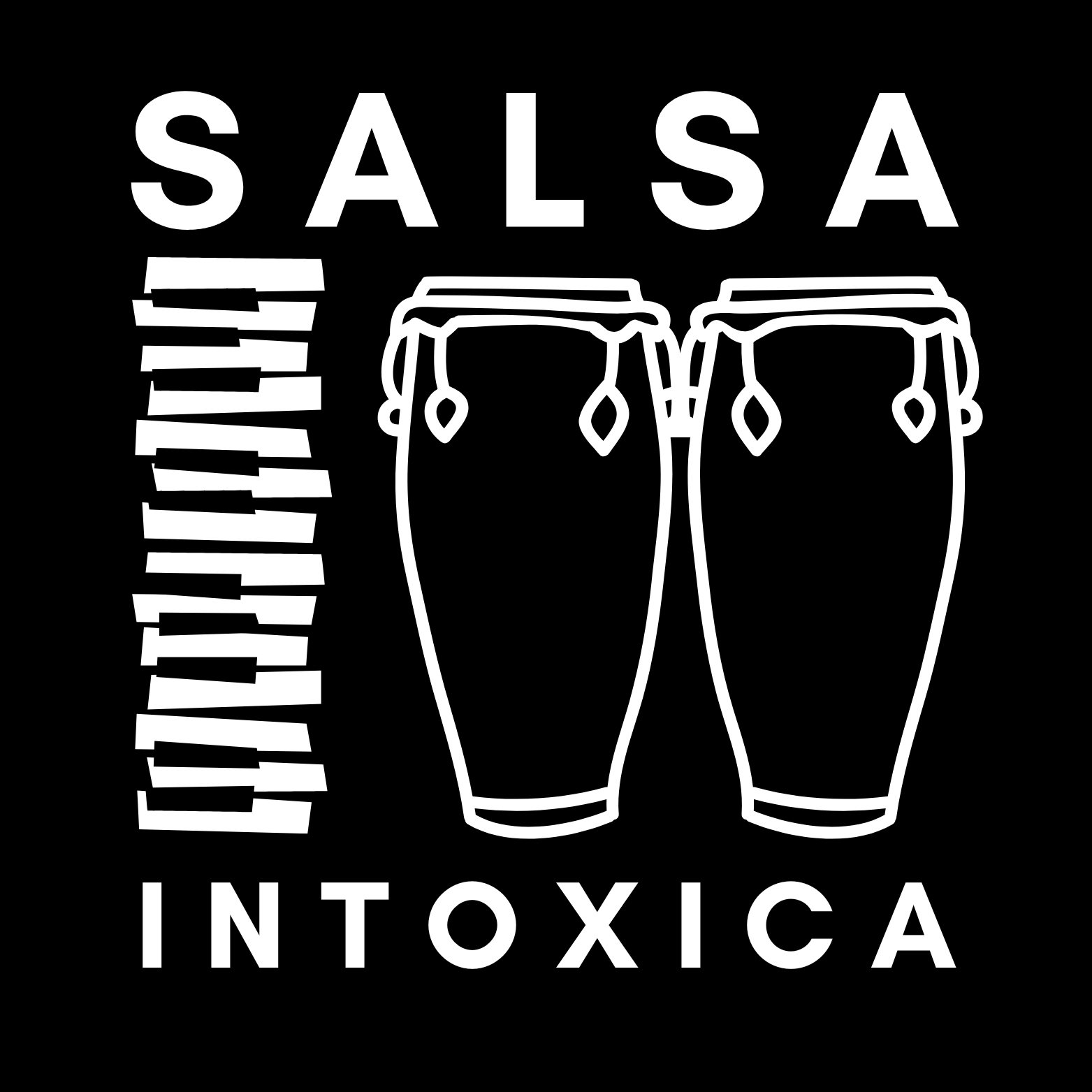The skill of improvisation in Salsa, or the ability to create turn patterns and shines spontaneously in mid-flow of the dance is not an innate gift or something that just happens when you’ve been dancing a long time.
There are many extremely advanced dancers who still rely on pre-choreographed and tightly rehearsed turn patterns and shines.
There’s nothing inherently wrong with this, but there’s no guarantee that the chosen choreography will fit the feel of the music, or the number of bars available, or the way your partner dances – always an issue when styling partnerwork as a follower.
So in order to respond sympathetically to the music, express feeling, hit the accents and breaks – the holy grail of true musicality – you have to be able to dance creatively.
There is a process which all creative dancers go through; in the long term as they develop their dancing, but also on a continuous basis throughout a single dance.
It’s a process that takes a core emotion, feeling, mood or idea that emerges in response to the music, and translates it into an equivalent movement which resonates with the individual in the context of the dance, and also communicates the feeling effectively to their partner, as well as anyone watching.
It all starts with consciousness…you have to be aware of the feeling the music gives you. This means listening to a lot of music and being tuned into your emotional response.
You also have to and fully present in your body in order to connect these feelings – many of which we can’t articulate as they’re subtle and we don’t have words to define or describe them – and translate them into movement.
When you have CONSCIOUSNESS of feeling, and full awareness of physical PRESENCE, which you combine and communicate through clean and accurate MOVEMENT, you have MANIFESTATION – a moment of pure creation.
If feelings and emotional response are not acknowledged, we have SUPPRESSION. If they are recognised, but are not given an outlet (through movement in the case of dance), we have INHIBITION.
This is why dance is such a therapeutic activity – if emotions are suppressed in the long term it can lead to psychological problems and even physical pathology.
Now in order to express anything, we first need to learn a suitable language. Just as an artist will be intimately acquainted with the subtlest qualities of brushes and paint, a photographer with his technical equipment and lighting, a dancer has to have fine motor mastery over every part of his or her body.
However it is very easy to fall into the trap of always linking the same movement “phrases” together in the same order – your muscular and neurological system is extremely good at “banking” often-repeated sequences of movement (motor engrams) in case it needs them in future. This can be a bit like a dancer’s “auto pilot”…the moves are performed but you don’t actually “live” inside of them. This is a failing of many amateur performance groups.
So if you want to dance spontaneously and creatively, you need a vast vocabulary of movement “words” or “brush strokes”, but you need to be able to produce them instantaneously and link them in a way that is driven totally by the music and not pre-rehearsed.
This is the hardest thing of all.
You have to be fully present, fully in the moment, and you have to be there as your genuine, authentic self. Not posturing or posing with moves you’ve stolen from Youtube, or cloning your teacher or another dancer.
You have to show up as you.
Honestly and unashamedly.
For this you need courage. The word itself is actually derived from “coeur” in French which simply means “heart” Therefore, being courageous just means being driven by your heart.
To stand in front of a mirror in private and allow yourself to respond in the moment to music that you love, and just dance from your heart without any technical critique or harsh self-judgement is an incredibly difficult thing to do initially. It’s even harder to bring it onto the social Salsa dancefloor. You can feel extremely vulnerable to begin with.
It also involves making style choices about your dancing – the influences you absorb, the music you choose to express yourself to, and the inspiration you take from other dance styles and dancers. What you reject is as important as what you include.
This is by far the longer journey…lifelong to be exact. But it will always be an exciting adventure as you create your own personal and unique style – and be a dancer who looks like the music is literally flowing through their body.
